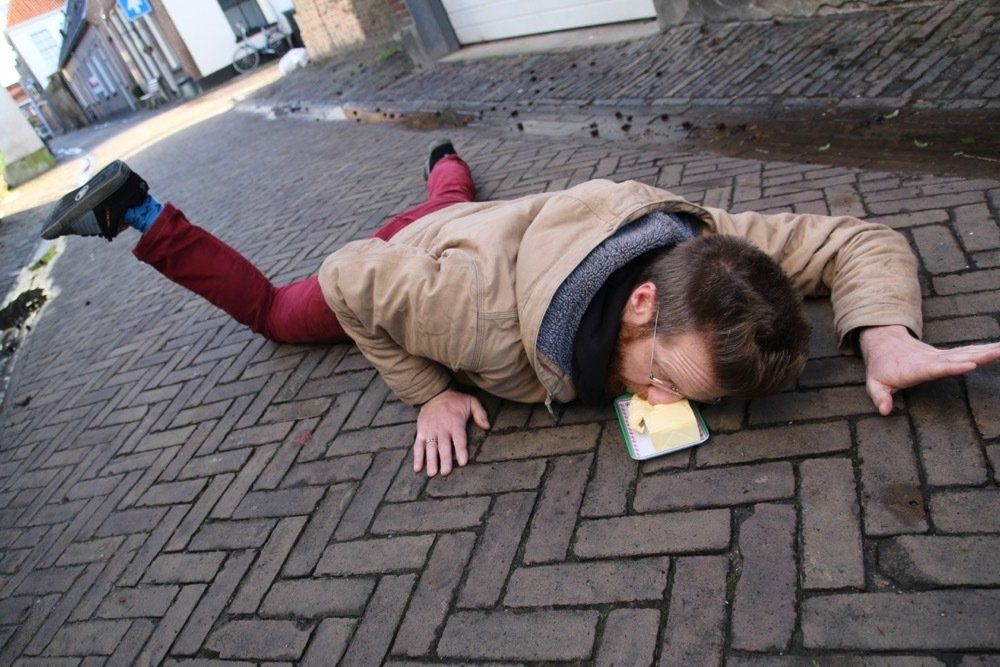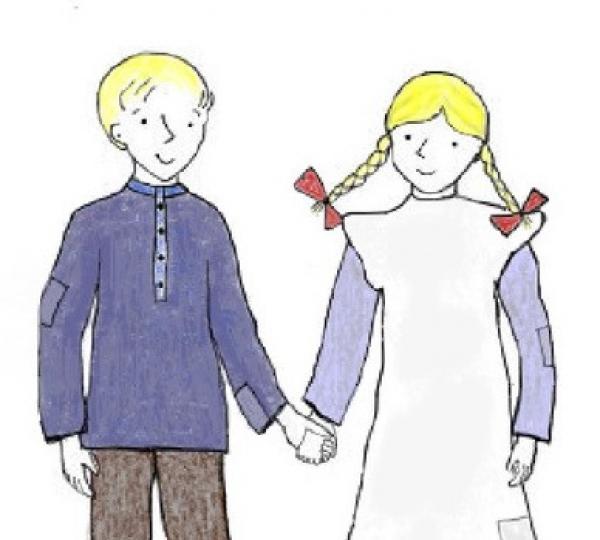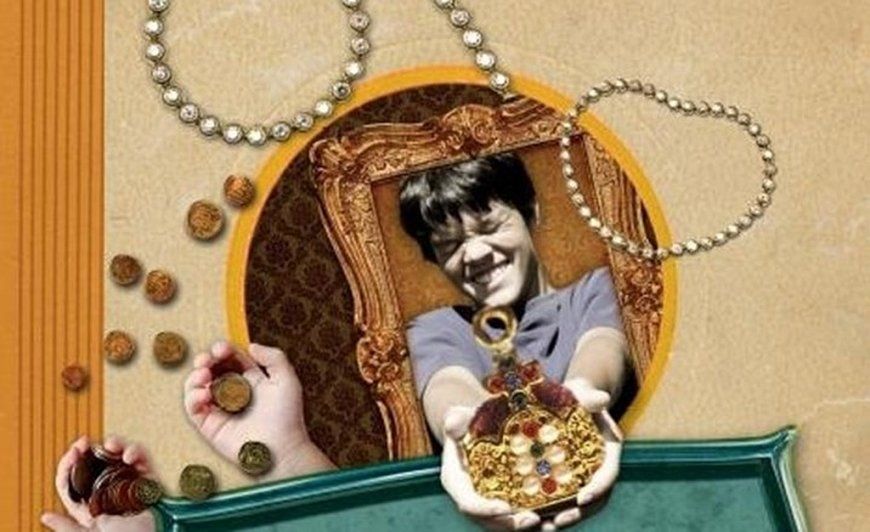youth projects
Falling in the loop Where does the milk in the supermarket come from? How does the cow make the milk? Just a few questions that are discussed in the project 'Falling with your ass in the butter', about dairy farming in the past and now. In collaboration with Doe-Farm De Steenuil, this project was developed for the superstructure of primary schools in Oirschot, Best and Son en Breugel. The students visit the museum and the DIY farm with their class. They carry out assignments in which the senses are central. By feeling, tasting and smelling, milking and feeding a cow, and brushing a calf, the students experience what a cow experiences. The project appeals to the children and fits in well with their environment. Children not only learn how milk and butter are made, but also get to know the museum in a playful way. Costs: € 4 per student.
Out and about with Jet and Jan, young in 1910 Out and about with Jet and Jan, young in 1910, students from group 5 of primary school give an idea of daily life around 1910. The story around Jet and Jan is the common thread in this project . In the preparatory lessons at school, the children get to know their peers from 1910. But the history of their own environment only really becomes tangible during a visit to Museum De Vier Quartieren. The highlight of the visit is the activity circuit. The program includes writing with a stylus, grinding coffee, darning socks, whipping soap and doing the laundry. In the processing lessons at school, the children hear the second part of the story. The story to be read has a fixed structure, but is always adapted to the local history. So Jet and Jan lived in the place where the students lived! Costs: € 2.50 per student.
Museum Treasures Museum Treasures is an annual educational project for pupils in groups 5 to 8 of primary education. The students are brought into contact with museum heritage in their own environment in an exciting way. Before visiting the museum, the students are first made to think about the question of what actually makes an object valuable. This introductory lesson is followed by a visit to the museum. The students themselves go in search of the value of museum treasures. Back in the classroom, various processing assignments follow. The preparation in the classroom takes 40 minutes, the museum visit 60-90 minutes and the processing 30-90 minutes. Participation in Museum Treasures is free of charge. For more information see: www.erfgoedbrabant.nl/museumschatjes
Living Past Four students from the Best Heerbeeck College were given the following internship assignment: 'Create a contemporary project with subjects from our museum that fit within the history education of HAVO-2 and VMBO-3.' This increases the appreciation for our cultural heritage for these students. The title of the project is 'Living Past'. With modern QR codes, the students receive an adapted program that fits in with the modern means of communication, which are commonplace for them!






